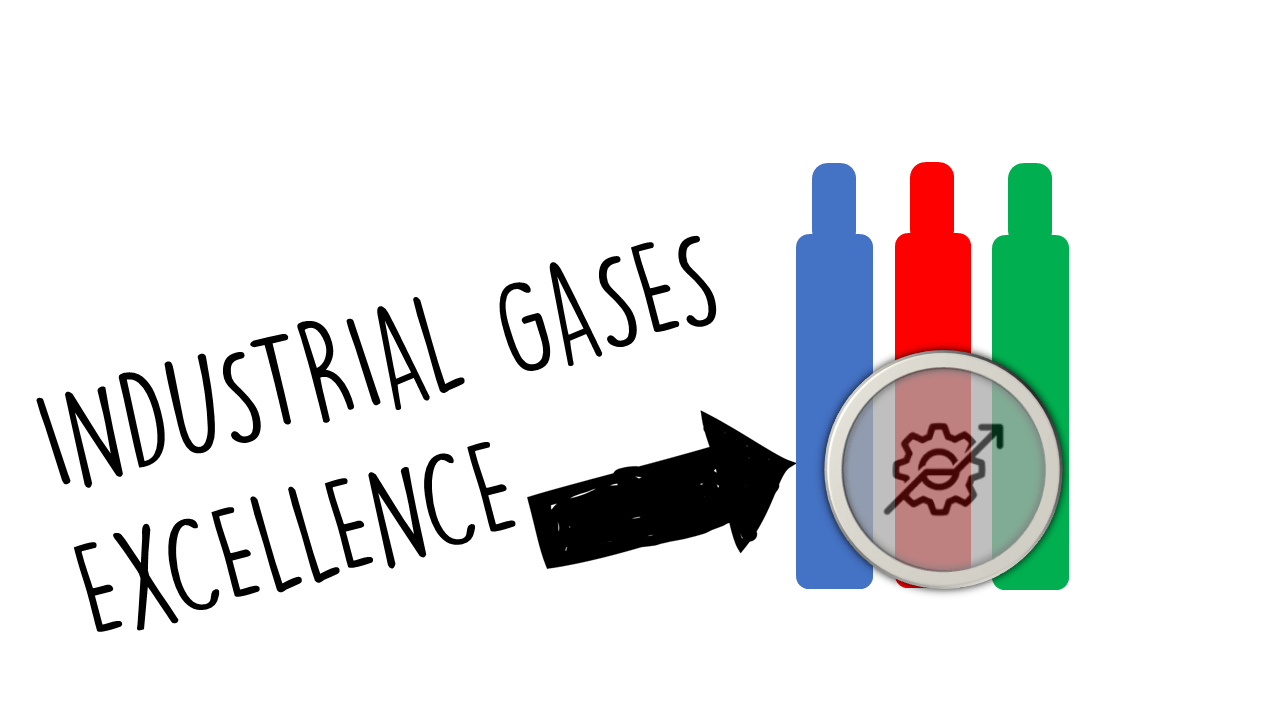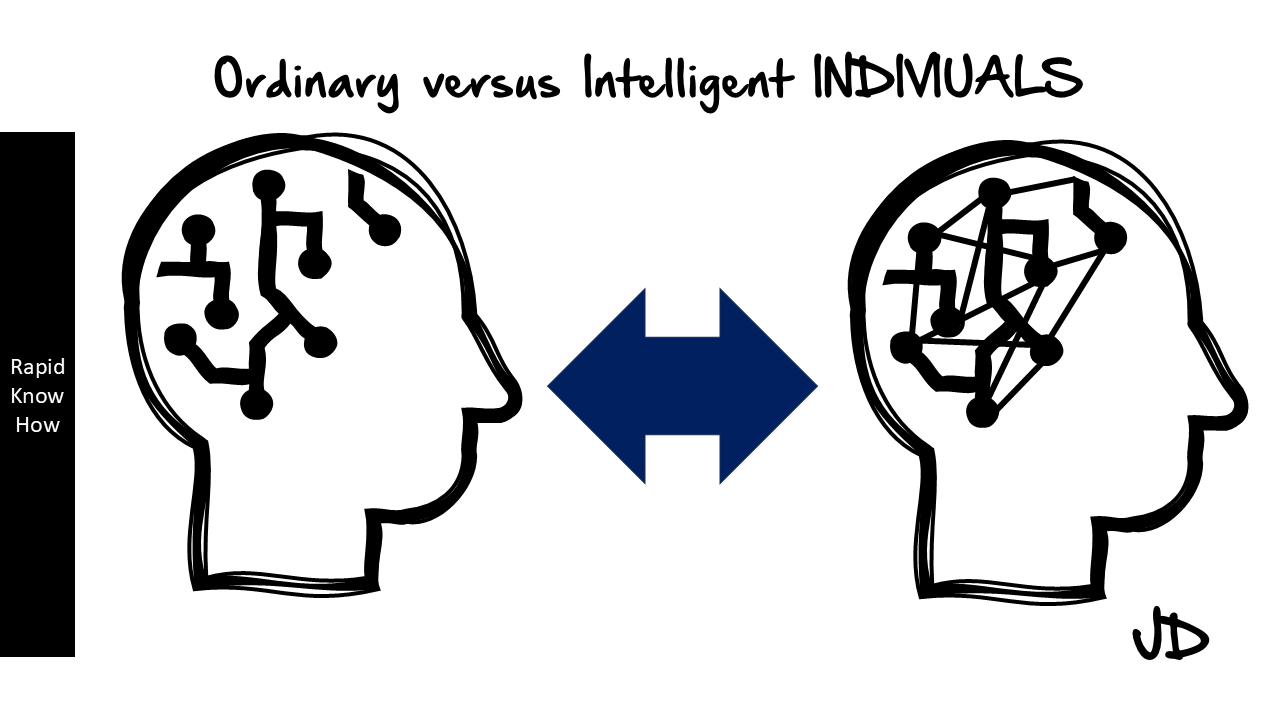Sensor as a Service (SaaS) in the context of industrial gas excellence refers to a subscription-based model where companies provide sensor technologies and associated services that monitor, analyze, and optimize the usage and delivery of industrial gases.
This model encompasses the deployment of IoT sensors, data analytics platforms, and remote monitoring systems to enhance efficiency, safety, and compliance in the industrial gas sector.
Framing
- Data-Driven Decision Making: Position SaaS as a vital enabler of data-driven decision-making in industrial gas operations, allowing users to optimize processes based on real-time sensor data.
- Cost-Efficiency: Emphasize that adopting SaaS can reduce capital expenditures for companies, as they can access advanced sensor technologies without significant upfront investments.
- Ease of Implementation: Frame SaaS as a flexible and scalable solution, where organizations can easily deploy and scale sensor networks based on their operational requirements.
- Enhanced Compliance and Safety: Highlight how sensor systems can continuously monitor gas levels and safety conditions, ensuring regulatory compliance and mitigating risks in industrial settings.
Re-Framing
To effectively re-frame the narrative around Sensor as a Service, consider the following strategies:
- Proactive Management: Shift the emphasis to proactive rather than reactive management. SaaS enables companies to foresee potential issues and optimize their gas usage before problems arise.
- Holistic Solutions: Position SaaS as part of a holistic strategy for operational excellence, integrating with existing systems (e.g., ERP, maintenance management) for comprehensive insights.
- User Empowerment through Analytics: Re-frame the discussion to focus on empowering users with actionable insights derived from sensor data, leading to enhanced operational efficiency and innovation.
- Sustainability Tracking: Emphasize the capability of SaaS to assist organizations in tracking their environmental impact and optimizing gas usage to align with sustainability goals.
Actions
To successfully implement Sensor as a Service in industrial gas operations, stakeholders should consider the following actions:
- Develop Subscription Models: Create flexible subscription pricing structures that cater to various user needs and budget constraints, including tiered service packages.
- Sensor Network Deployment: Roll out IoT sensor networks across different industries, ensuring compatibility with existing gas infrastructure and easy integration.
- Training and Support: Provide comprehensive training programs for users to understand sensor functionalities, data interpretation, and the optimization of gas usage.
- Continuous Data Analysis: Offer continuous monitoring and analysis services, reporting actionable insights back to users to enhance their gas management strategies.
- Collaborate with Industry Partners: Form partnerships with technology providers, industry players, and research institutions to continuously enhance sensor capabilities and develop new features.
Case Studies
Case Study1: Oil and Gas Upstream Monitoring
- Description: A SaaS platform was implemented in an oil and gas company to monitor methane emissions using advanced sensors installed at drilling sites.
- Outcome: The company reduced its emissions by25% within the first year, leading to significant cost savings and improved regulatory compliance.
Case Study2: Chemical Manufacturing Process Optimization
- Description: A chemical manufacturer adopted a SaaS solution that deployed sensors to monitor the usage of oxygen in its production processes.
- Outcome: The implementation led to a 15% reduction in oxygen consumption, resulting in lower operational costs and minimized waste.
Case Study3: Healthcare Gas Monitoring
- Description: A healthcare organization used SaaS for real-time monitoring of medical gas systems, ensuring the correct levels of nitrous oxide and oxygen were maintained.
- Outcome: Improved patient safety and operational efficiency, decreasing the risk of gas shortages and ensuring compliance with health regulations.
Conclusion
Sensor as a Service (SaaS) represents a transformative approach to achieving industrial gas excellence through real-time monitoring, data analytics, and proactive management of gas usage. By framing SaaS as a cost-effective and user-friendly solution, businesses can optimize their operations, enhance safety measures, and align with sustainability goals. The actions outlined demonstrate pathways to successful implementation, while case studies highlight the tangible benefits experienced by early adopters. As the industrial gas industry continues to evolve, the integration of SaaS solutions will be critical in driving operational efficiencies, enabling compliance, and fostering innovative practices in gas management.





